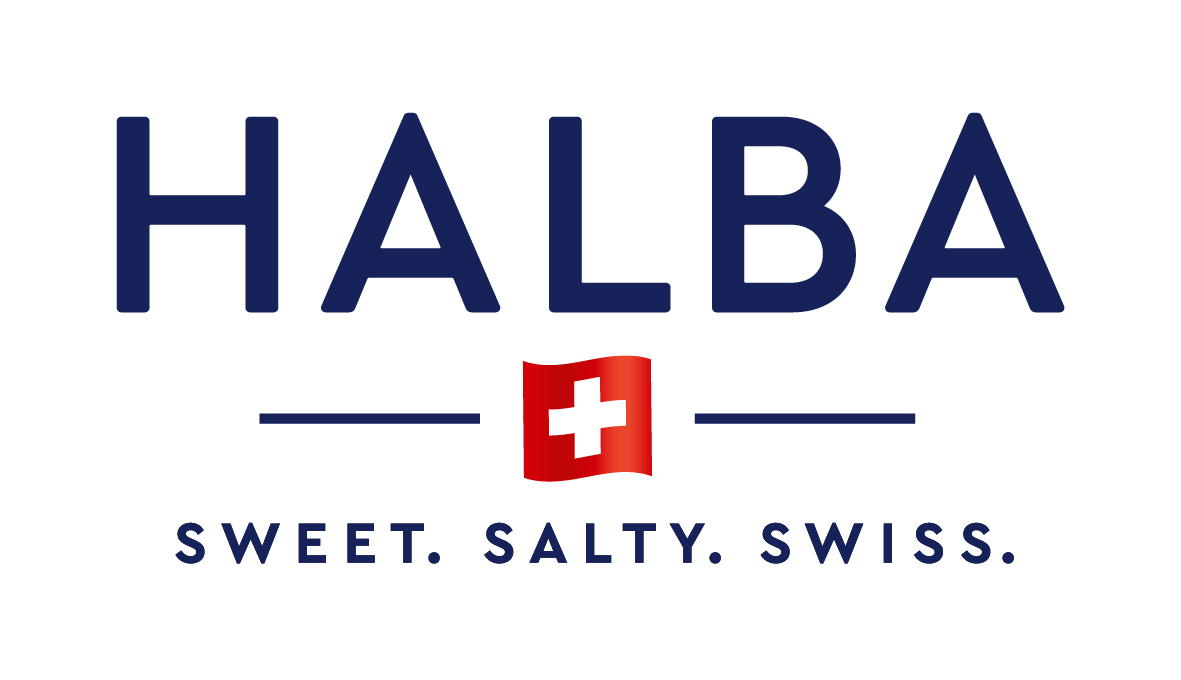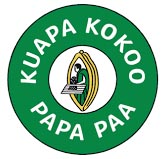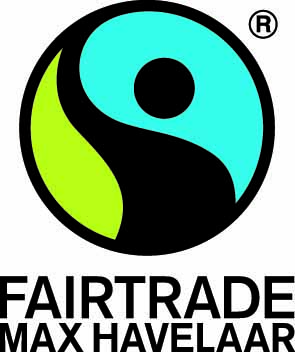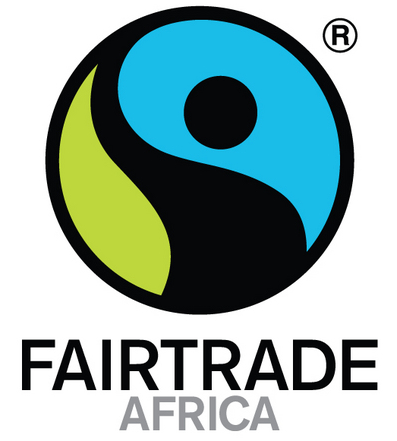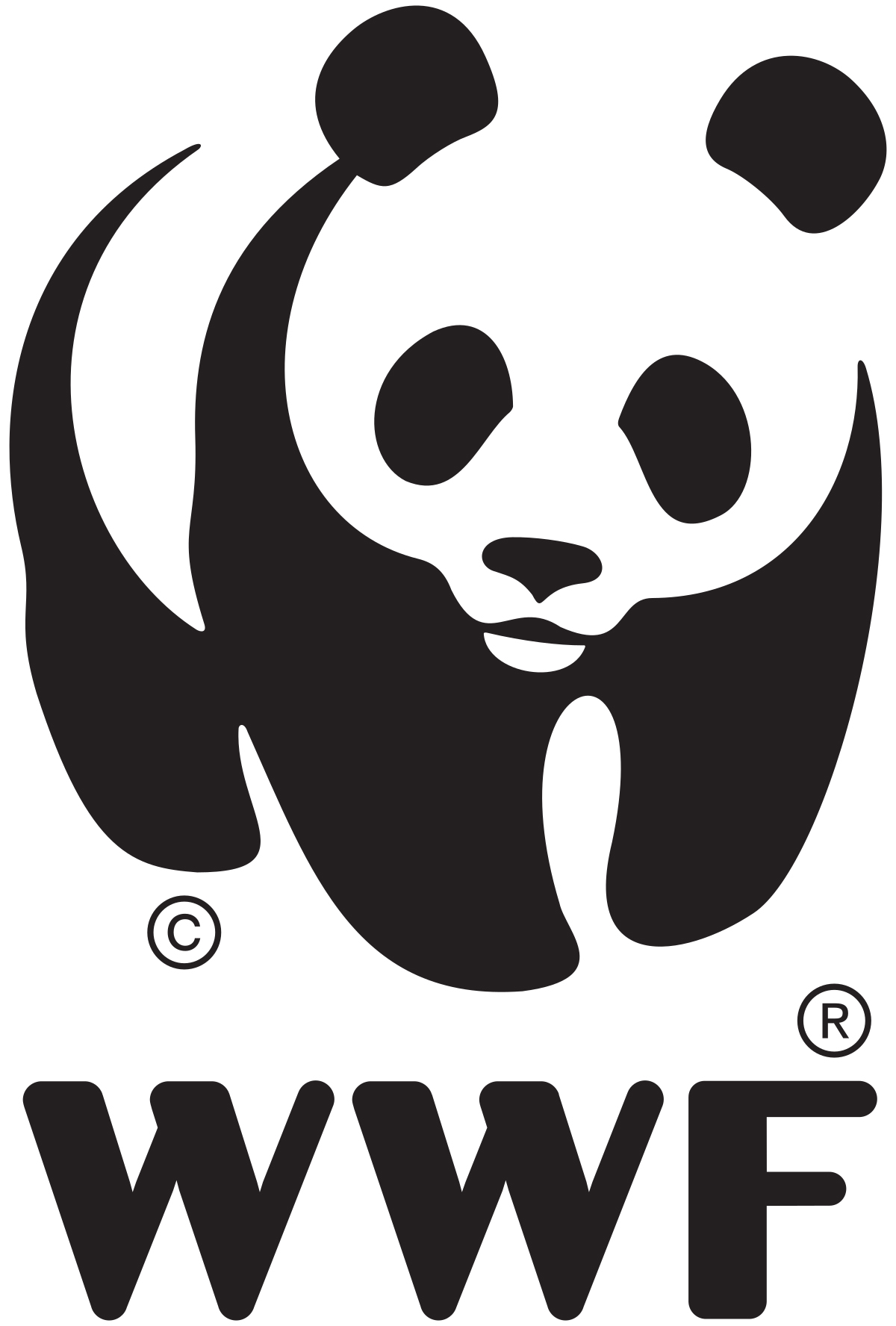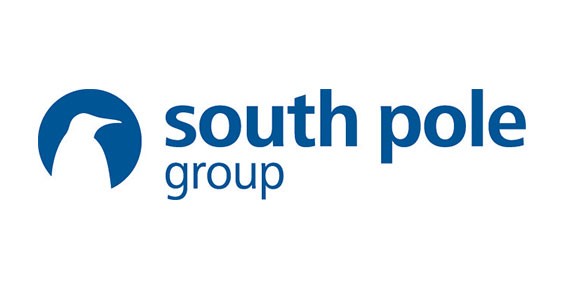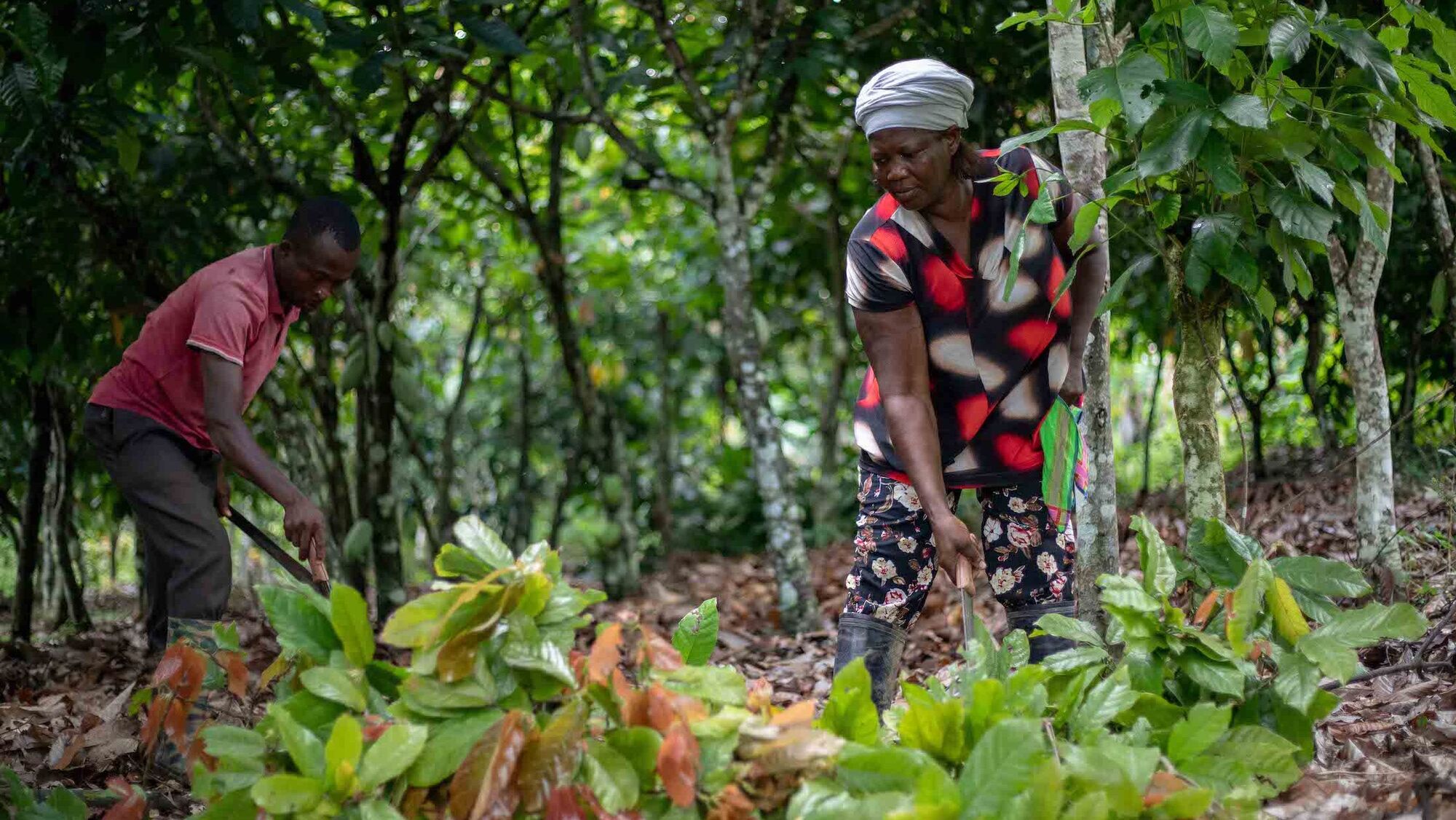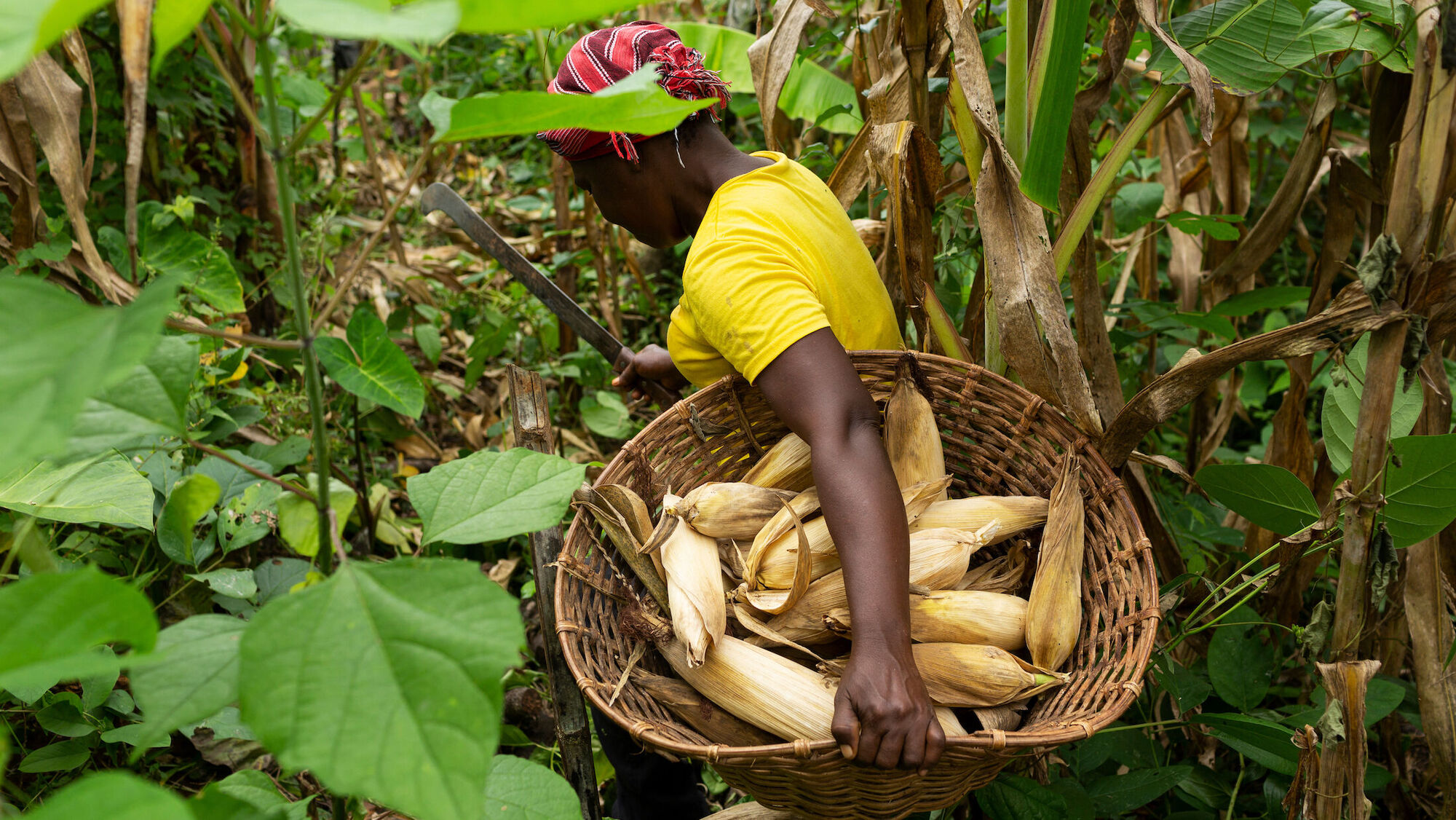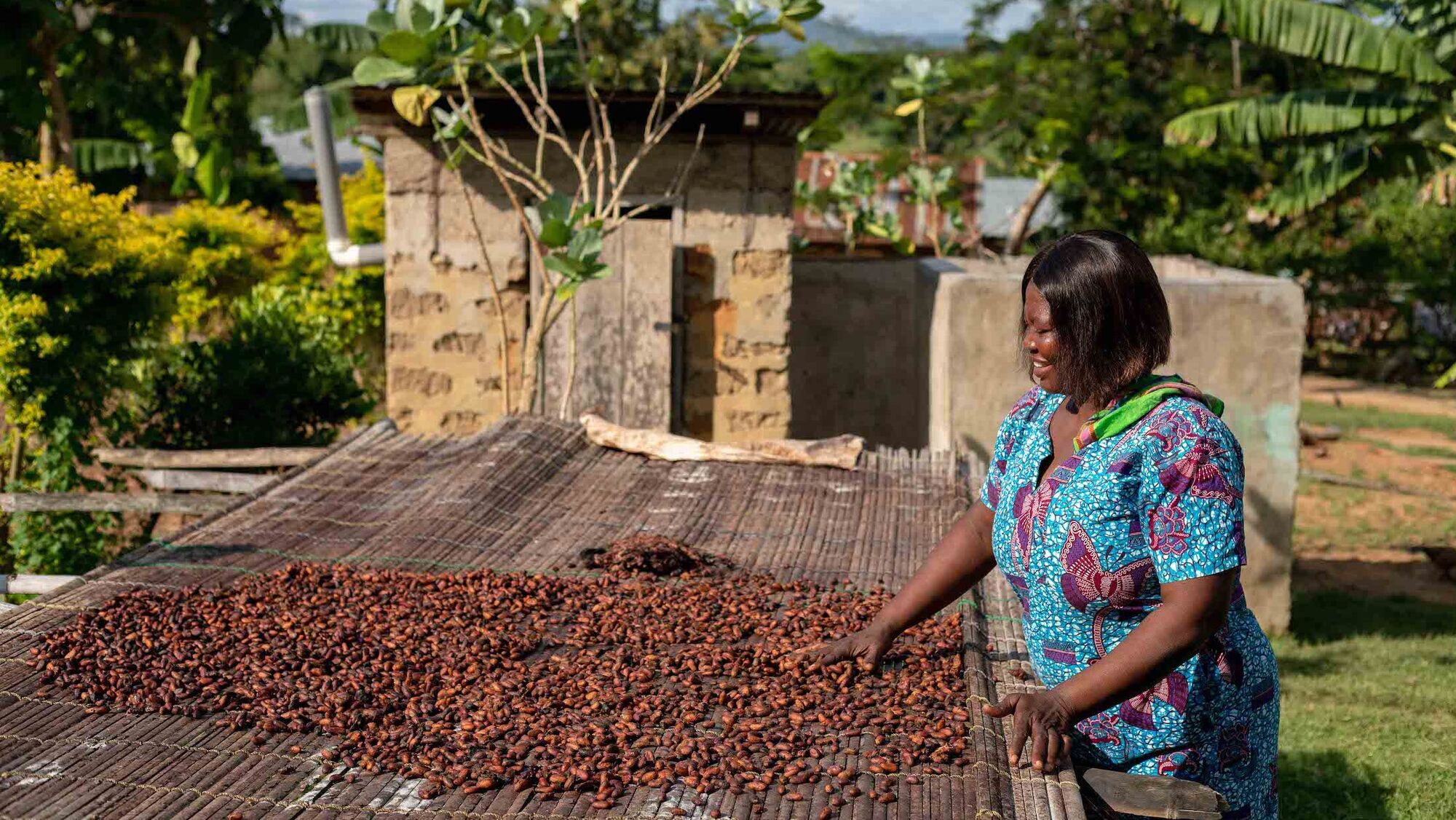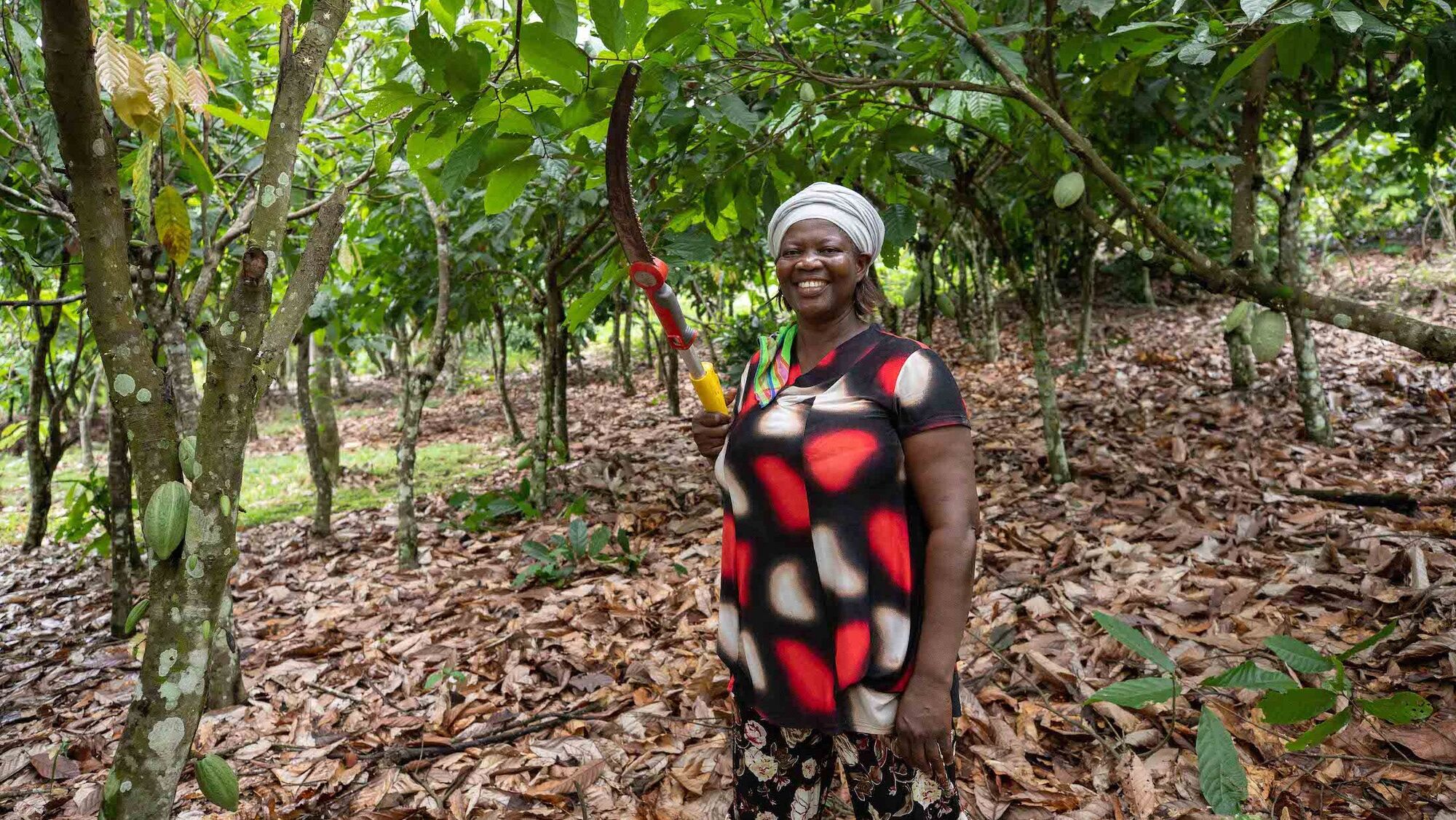Sankofa 1.0 Project
What the project was about
This project was built on a two-year pilot that successfully introduced dynamic agroforestry (DAF) in the landscape around three municipal districts in two regions (Ahafo and Western North) in Ghana. In the pilot, 16 lead farmers were empowered to install and maintain their own DAF plots with extensive training.
DAF is a very systematic approach that is know-how intensive and is characterised by an extremely high plant density and diversity, systematic stratification, and high pruning intensity. Within DAF, the production of premium quality associated crops such as yam, maize, cassava, and plantains was promoted, accompanied by skills and technological capacity trainings. The goal was to increase the income of farmers and to improve their resilience to market and production risks.
What steps were taken during the project?
The Sankofa project introduces dynamic agroforestry and livelihood diversification through three interconnected concepts with related activities. First, dynamic agroforestry: Combining crops and tree species with different life cycles to ensure continuous income for farmers even before cocoa trees start producing.
Second, climate-smart cropping systems (CSCS): Introducing the production of associated crops to diversify the income of smallholder cocoa farmers. Demonstration plots are established and capacity-building training programmes on good agricultural practices are conducted.
Third, development of market systems: Working directly with selected market actors to ensure markets for the crops and products produced.
How unexpected challenges were overcome and what lessons were learned
Firstly, we tackled the need to replant over 139 hectares of dynamic agroforestry) plots. Factors like prolonged drought, initial seed planting, and a lack of follow-up from extension officers necessitated this replanting. To address it, we improved plot monitoring, provided additional training to extension officers, and introduced early detection systems. These challenges emphasised the importance of proactive plot maintenance and the value of investing in training and early detection.
Secondly, we encountered difficulties in producing and marketing side-crops of DAF, including maize, yam, plantain, and cassava. Constraints in volume, quality, and aggregation infrastructure hindered sales to organized off-takers. To solve this, we hired a dedicated marketing and commercialisation officer at the Kuapa Kokoo Farmers Union (KKFU) level to foster strong links between project teams, monitoring and evaluation, and off-takers. This underscored the need for early coordination and dedicated roles.
Lastly, governance issues surfaced within KKFU, leading to the suspension of key staff members. To address these challenges, we safeguarded cooperative assets and conducted a financial audit, recognising the importance of collaborative efforts for project stability.
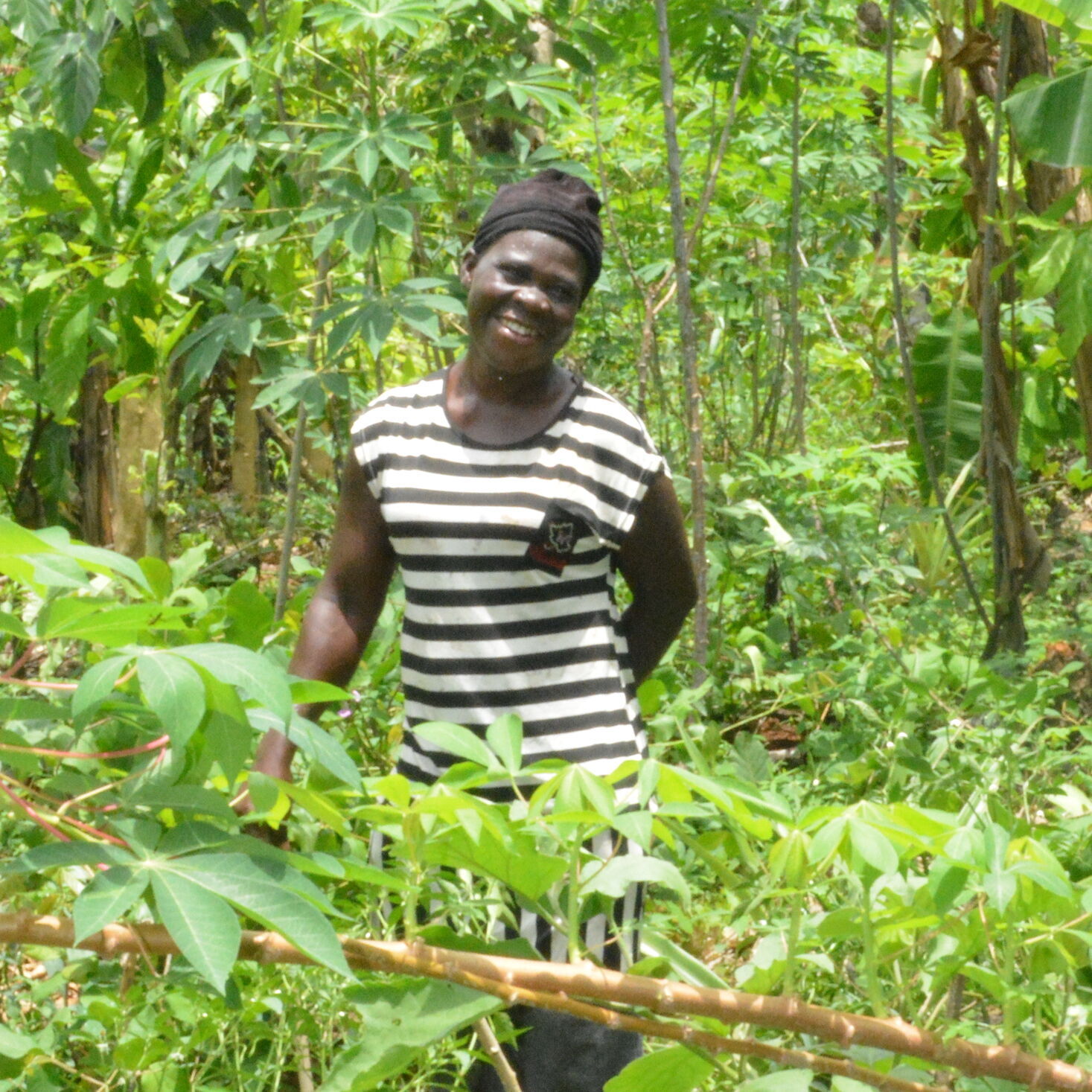
Whenever I come to the farm, I feel very happy, because dynamic agroforestry allows to grow many crops on the same piece of land and the cocoa is doing very well. Compared to conventional farms, the survival rate is very high.
Interview with Raphael Schilling from HALBA about the project
Raphael Schilling, agroforestry has gained increasing popularity over the last few years. Do you recommend other actors to promote the implementation of this cultivation method?
I recommend all actors in the cocoa value chain to promote dynamic agroforestry. Particularly in cases, where cocoa plantations need to be renovated or reinstalled because they are old, not productive and the soils are degraded. The method has the following benefits: Dynamic agroforestry enhances biodiversity, improves soil quality, and mitigates climate change through carbon sequestration. It also increases food security and provides diversified income streams for farmers through side-products such as food crops (plantain, cassava), fruit (avocado and oranges) and timber. And most importantly, it helps improve cocoa yields sustainably – without the use of fertilizers and pesticides.
What has HALBA learned from this last project phase (particularly regarding the transition from a value chain to a landscape project)?
If we want long-term success and impact, we must consider the entire landscape. Establishing dynamic agroforestry on a large scale requires the support of local authorities and other stakeholders. That's why we actively engaged local and national cocoa and other stakeholders for the second phase of the project (Sankofa 2.0). For instance, we established a dynamic agroforestry test plot at the Cocoa Research Institute of Ghana (CRIG), which was convinced by this cultivation method. During our recent visit to Ghana, CRIG committed to promoting agroforestry throughout the country. This is a significant milestone. If implemented, the whole Ghana cocoa belt will benefit.
The success of the project depended heavily on close and good cooperation with producer cooperatives and national authorities. What insights can be gleaned from this experience?
The producer cooperative we mainly work within the Sankofa project is KKFU (Kuapa Kokoo Farmers Union). This cooperative has more than 100,000 members. This means that we can have great leverage if the cooperative decides to mainstream dynamic agroforestry or other good practices and approaches. At the same time, it took quite some time to gain speed. Because the organisation is so big.
The same holds true for cooperation with national authorities. It requires considerable perseverance to achieve objectives. A key takeaway is that projects typically span 4-5 years (as usual in international cooperation) are too short. Long-term commitment, which HALBA can provide, is essential. This is also possible thanks to the support from SWISSCO and SECO.
When it comes to working with cooperatives, the main benefits are that you can reach a lot of smallholder farmers and have a big impact – if the cooperative is fully supportive of the project. The main challenge is the capacity building and training in sustainability of farmers. For instance, a dynamic agroforestry system needs to be managed differently than a cocoa monoculture. We work with many smallholders. And these smallholders all need to be trained in the management practices for dynamic agroforestry. We do that via extension managers who work at KKFU. But it's a challenge to reach all smallholders involved in the project as they are partially in very remote areas and access to them is a challenge.
HALBA recognises the significance of diversifying farmer’s income for greater resilience. The focus on granting farmer’s access to markets is pivotal. Could you elaborate on the strategies and potential solutions being explored by HALBA?
We promote income diversification mainly through the implementation of dynamic agroforestry cocoa production systems. In these systems, cocoa is cultivated as the main crop together with food crops (plantain, cassava), fruit (avocado and oranges) and timber. HALBA is committed to buying the cocoa grown in these agroforestry systems. But we also promote better market access for side crops (such as plantains, cassava, oranges, and avocados). That's why a marketing and commercialisation manager will be hired at KKFU (paid in the first years by Sankofa project partner ITC).
Video from Fairtrade Max Havelaar (Switzerland) about the project
Organisations involved
